|
You know it’s good (for SO MANY reasons) to have cows outside grazing grass, right? But do you picture them grazing in a wide open field? Or do you picture them grazing under trees? And why might this matter?
While the pace of outdoor work is a tad bit slower in the winter, your farmers get the chance to stock up on workshops & seminars. One of the most intriguing topics we’ve listened to this year is the idea of adding trees to existing pastures, and not just a few, but a lot of trees. This is one of the ways to create silvopasture, which is the intentional incorporation of trees into pasture. Sometimes wooded areas are thinned to promote grass growth, and sometimes trees are added to established grass. Benefits of silvopasture are many: -shade for livestock & also for grasses, both of which suffer from intense hot sun -potential for added animal or human food crops (for example - willow, honey locust pods, and mulberries are all tree crops that cows can gain a diversity of nutrients from!) More diverse diets = more nutrition & more flavor in milk & meat! -increased carbon capture -increased biological diversity & wildlife habitat One tree in a field is a problem, because the whole herd will congregate under that tree depositing too much “fertilizer” in one spot, and ruining the grass that might be growing there. Planting a regularly spaced grid of trees in a field will provide lots of shade so that the herd continues to move & graze throughout the space, evenly distributing nutrients and mowing off grass. Specific species of trees fit different scenarios, but ultimately trees that have high and thin canopies work best, so that grass still gets adequate sun. Also, trees that leaf out later and drop leaves earlier allow grass more exposure to sun in the spring & fall when heat is not a concern. Then there’s the whole strategy of how to protect young trees from cows (& deer) that will think they’re a delicious snack until they get established! Trees are an investment for the future, but we are excited to consider what our farm might look like in 5, 10, or 20 years based on what we are starting to plan out now. We are still learning and need to fit together the pieces of sourcing trees, funding them, protecting them, and more! Our decisions are always made with the future in mind, so that we can continue to provide a reliable supply of delicious, nutrient dense food for you and yours, and the future looks bright - make that shady! If we’ve piqued your curiosity - check out www.treesforgraziers.com/learn ! Stay tuned for updates as this plan unfolds - we look forward to extending an opportunity to come out & help us plant trees!
0 Comments
No doubts, Charlie is the pro when it comes to cooking steaks at our house! I'm better than I once was, thanks to his guidance, but I leave the grill to him! It might be 40 outside today, but the forecast is looking mighty chilly for New Year's Eve! Fear not - you can still master steak on your cooktop! Here are Charlie's secrets - follow them & you can make the perfect steak every time :
Steak Doneness Temps: Rare 125 Medium Rare 135 Medium 145 Medium Well 150 Well 160 Please don't ever cook a steak to well done....your mouth will thank you!
It seems our world relies more and more on connectivity via the internet. We farm because we value connections, but not those involving technology.
Connections we have to our animals and land. Connections with the rhythms of life and weather and seasons that cycle endlessly. Connections with our heritage and ancestors who have farmed before us. Direct, strong connections with our customers who understand the importance of knowing the hands that have raised & crafted the food on their tables. Connections with our children whom we share this life with. These are connections that will transcend all the unrest our world is facing. They are connections that will prevail when many may take them for granted. Our life's work is to provide food for our community. We invite you to share in the power that strengthening our local food network creates for our future - all of our futures. We ask that you spread the word. Share your connection to us with your neighbor, your co-worker, your family member. Give them the opportunity to make these connections and source their nourishment direct from a farming family. Above all, food direct from the farm Just. Tastes. Better. For Sale: Used SunshineUsed sunshine, huh? What the heck am I talking about?
Our farm philosophy is fairly simple: Use plants to capture solar energy. Use livestock to turn human-inedible plants into tasty, nutrient dense, dairy & meat products. Really, the stars of this system are the microbes that exist both in the soil and produce nitrogen, and in the cows' rumens (stomachs) that turn plant fibers into protein. Beyond this basic philosophy are a million logistical details that influence how the process is completed. Our management focuses on minimizing inputs onto the farm as much as possible. For the cows, that's only salt and minerals including selenium, which our soil in the Northeast is deficient in. We do need to harvest a good portion of our acres for winter feeding because of the layout of our farm, so there are inputs required to do that. Pigs are not ruminants; they have a simple stomach that functions the same as yours and mine. They don't have the benefit of rumen bacteria and therefore need more essential amino acids supplied in their diet. Their diet includes grain which is an input to our farm; we include excess milk & whey from our dairy which reduces the amount of grain required. Time on the tractor gives me a chance to catch up on podcasts, and lately I've been binge listening to "Working Cows", a podcast focused on all things related to regenerative farming & ranching with livestock. I believe it was Steve Kenyon in episode 95 that said farmers and ranchers are one of two things: used sunshine salesmen, or earth miners. If you're not taking full advantage of soil and rumen biology, you're either depleting soil nutrient reserves or need to add nutrients in the form of fertilizers, most of which are petroleum derived. We'd prefer to manage our soils, grass, and livestock in ways that allow us to focus on being used sunshine salesmen! We think you can taste the difference, as well as reaping the health benefits of nutrient dense foods! Is sourcing your meat from a local farm that ethically raises animals important to you? Are you overwhelmed by the options and not sure what will work best for you? Let me help you sort this out!
First, answer these questions: 1. How much meat does my household prepare on a daily/weekly/monthly basis? Every household has unique habits and needs! Determining both how many meals per week typically include meat, and how much meat at each meal, will give you a rough idea how long a bulk purchase might last you. Are you cooking for 1 or 2, or 6 or 8? And are those teenagers (aka bottomless pits) or seniors with smaller appetites? Does one pound of ground beef make one meal plus leftovers for a second, or will you need two pounds to get everyone fed tonight? 2. How much freezer space can I dedicate to meat storage? The freezer of a typical fridge/freezer can easily hold any of our CSA shares, or one of our 20lb bundles, in addition to a “normal” variety of other frozen items. If you’d like to try ordering a ¼, ½ or whole animal, more freezer space is necessary. Chest/upright freezers can be a great investment, especially if you also want to store fresh fruits or produce harvested in season. You can often find them used on Craigslist or Marketplace, though I’m wary of any that are more than 10 years old (likely limited lifespan and less energy efficient). Try to choose a size freezer that you will fill at least once a year – freezers are most efficient when they are full! Another option is to rent freezer space as needed. The Ithaca Meat Locker (http://ccetompkins.org/agriculture/buy-local/local-meats/the-meat-locker) offers lockable bins for $3-5/month. Our local grocery store also offers the same service – check into what might be available in your community! 3. How fussy is my household about the cuts of meat we cook with? Do you only like to cook with your tried & true favorite cuts, or are you open to trying new things? Both our CSA shares and 20 lb bundles include an element of surprise – you do not have complete control over the items you receive. Both DO include staples including ground beef, bacon, and sausage, but the balance of the order will vary. They’re a great opportunity to experiment, perhaps learn a new technique for a new recipe, and push outside your comfort zone on occasion! You can also plan your meals around the meat cuts you receive, rather than having to plan everything from a blank slate. In contrast, each ¼, ½ or whole animal purchase is cut specifically for your order, so you can choose exactly the items you receive. However, you receive the cuts in proportion to how many are in one animal. There’s only so much bacon & so many steaks in each animal. Your order will also include parts like the shoulder and rump. There’s flexibility in how these parts are processed – they can be cut as roasts, less common steaks, or ground for more sausage/ground beef. You need to be willing to cook with all of the cuts (in some form) or you’ll soon find you’ve used all of the bacon and still have 7/8 of a pig in your freezer! 4. Can my budget handle larger, infrequent outlays for stock-ups, or do I need to purchase on a weekly/monthly basis? Ordering a ¼, ½ or whole animal is a one-time purchase that will range from $325 to $2400, but because you’re buying a large volume it’s the most cost effective way to purchase our meats. We offer these options every 2-3 months, so you can plan your purchase in advance, perhaps to coincide with a time that you have more cash available (like your tax return!) . We also gladly accept EBT or credit cards. Teaming up with a friend, neighbor, or family member is another great option for capturing bulk pricing while making the cash outlay and freezer space requirement smaller. Our CSA shares are a 6 month commitment, which can be paid up front or in monthly installments, making it easier to budget evenly. Our freezer bundles are a one-time purchase with no ongoing commitment, and can be ordered anytime! Just how much is a ½ pig or ¼ beef? A ½ pig is roughly 60 lb of meat for your freezer, and might look like 6 lb bacon, 15 lb ham/ham steaks, 10 lb shoulder roasts/steaks, 15 lb chops/loin roasts, 8 lb sausage, 3 lb ribs, 1 lb hocks, 2 lb heart/liver (or more cuts can be ground for more sausage). You’ll need 3-4 cubic feet of freezer space for a 1/2 pig. Double these numbers for a whole pig. Our beef vary more in size from animal to animal but 150lb is a typical hanging weight for a ¼ for our farm. This might be 35 lb ground beef and/or patties, 10 lb chuck roasts/steaks, 5 lb stew beef, 5 lb soup bones, 4 lb brisket, 10 lb premium steaks, 5 lb sirloin, 10 lb round/rump roasts/steaks, 4 lb short ribs, 4 lb organs. (This is just an example – you choose how it’s cut!) You’ll need about 5 cubic feet of freezer space for a ¼. Double for a ½, double again for a whole beef! To summarize: if you have freezer space and the ability to make larger, less frequent purchases, stocking up with a ¼, ½ or whole animal is the most cost effective way to purchase local meat. You can place a reservation for pork or beef today! If your freezer space is limiting, our monthly CSA shares divy that purchase up into smaller deliveries. Or, if you’d prefer to not make a monthly commitment, you can order a 20lb bundle whenever it’s convenient, or you can pick and choose by the cut from our current inventory! Hopefully these questions have helped you think about your households’ eating & buying habits and will help you to make the meat purchases that suit you best! I have a confession – we could care less about football in this house. It would have been cool to see Buffalo make it all the way, just because they’re in our backyard and have been SO FAR from it for so long, but otherwise….The first Sunday of February is just another day.
But football game or not, classic comfort food to warm up from winter weather IS key to survival in this house. Mac n cheese, meatloaf, and chili all make appearances. We make them in large quantities and then feast on the leftovers or toss some in the freezer for quick meals on busy nights. This favorite recipe for Beef Roll Mozzarella adds an Italian twist on a classic meatloaf. Let us know what you think! (You can stock up on our ground beef at a great price here!) Beef Roll Mozzarella 1 ½ lb ground beef 1 tsp salt ¼ tsp pepper 1 tsp onion powder 1 egg, beaten ½ C dry bread crumbs 4 oz chopped mushrooms Liquid from canned mushrooms or ½ C water ½ green pepper, chopped 1 ½ C shredded mozzarella 1 (15oz) can tomato sauce Combine beef with next 5 ingredients. Add enough water to mushroom liquid to make ½ C. Add to meat mixture with mushrooms and peppers, mix well. Line 9x13 pan with wax paper. Press meat mixture out flat on top of paper in pan. Sprinkle cheese on meat, leaving one border free of cheese. Roll meat with cheese as you would for a jelly roll, removing paper as you roll. Place seam side down in same pan. Spread ½ of tomato sauce over the roll. Cover with foil & bake at 375 for 35 min. Remove foil, spread on remaining sauce, bake 15 minutes more. When you open your freezer, are you met with an ice-covered abyss of unidentified objects?
Does the thought of “stocking up” on anything scare you because you’ll have to make more space? Not sure what you should meal plan because you don’t know what’s left in there? Whether your freezer is just ½ of a typical fridge, or you have the largest chest you could find, keeping it under control will make your life better! This hit home last time we returned from the butcher with two truckloads of meat! Our fleet is seven chest and upright freezers, plus the freezers of two extra refrigerators, and keeping track of what’s where, how much inventory we have left, and GETTING IT ALL IN is no easy feat! No lies, I consider myself something of a pro at freezer jenga. Here are 5 tips to make life with a freezer more enjoyable:
Hopefully these tips will help you keep the Abominable Freezer Monster under control – and make stocking up an easier option! Ground beef is a staple in our freezer, pulled out for quick & tasty family meals all year long. Here are 3 of our favorite recipes - give them a try when you're looking to change it up from the usual burgers or meatloaf! Our 100% grass-fed ground beef is lean but flavorful, making it an economical protein source boasting heart-healthy omega-3 fatty acids and CLA. We have plenty available - let us know if you'd like to place an order for your family's freezer! SWEDISH MEATBALLS Servings: 4-6
3 lb ground beef 1 onion, diced 2 eggs, lightly beaten 1 C seasoned dry bread crumbs ½ c fresh chopped flat-leaf parsley (or 1 Tbsp dried parsley) 2 tsp salt 1 tsp black pepper GRAVY: 4 Tbsp flour 2 ½ C beef consommé or broth 1 Tbsp Worcestershire sauce 2 C milk 1 tsp salt 1 tsp black pepper 12 oz medium egg noodles, cooked ¼ C butter 3Tbsp fresh chopped flat-leaf parsley (or1/2 Tbsp dried parsley)
BEEF & POTATO MOUSSAKA Servings: 6-8 1 lb ground beef 1 onion, chopped 1 garlic clove, minced ¾ C water 1 can (6oz) tomato paste 1 tsp salt ½ tsp dried mint (optional) ¼ tsp cinnamon ¼ tsp pepper Parmesan sauce: ¼ C butter ¼ C flour 2 C milk 4 eggs, beaten ½ C Parmesan cheese, grated ½ tsp salt 5 medium potatoes, peeled & sliced
GROUND BEEF & CAULIFLOWER HASH Servings: 4 2 ½ + C frozen cauliflower (defrosted & drained) OR fresh cauliflower OR summer squash, chopped ½ C bell pepper, chopped ¼ C onion, chopped 1 lb ground beef or sausage 2 C shredded cheese (Goblin, sharp cheddar, mozzarella – or a mixture) ¾ tsp garlic powder ¾ tsp salt ¼ tsp pepper
|
AuthorI'm half of the Crosswinds farmer duo bringing you farm fresh cheeses, beef, and pork from the heart of the Finger Lakes! Stay tuned for our daily adventures growing a family & a farm, and food for your table. We welcome your questions & comments, but please keep them respectful! For the latest updates, please follow Crosswinds Farm & Creamery on Facebook or Instagram! Archives
March 2024
Categories |
Our Location |
|

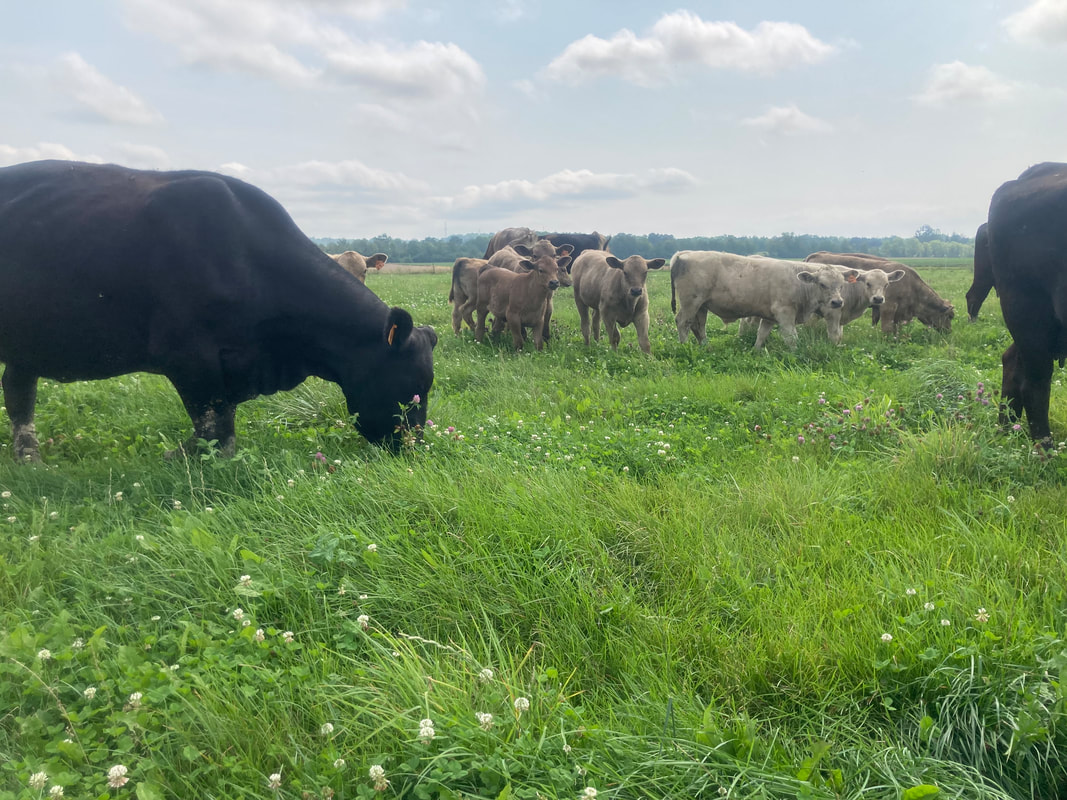
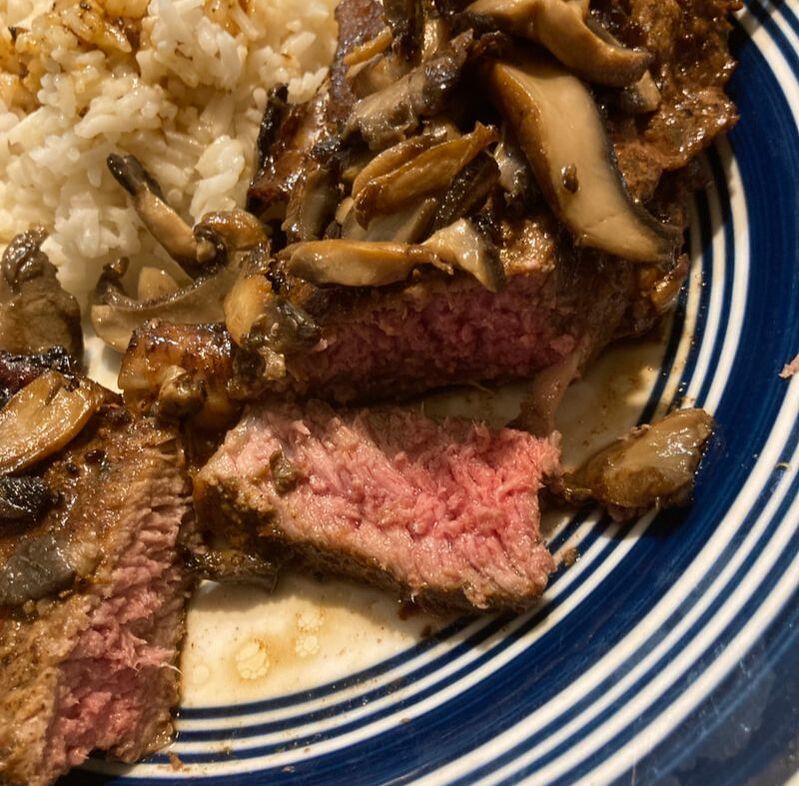
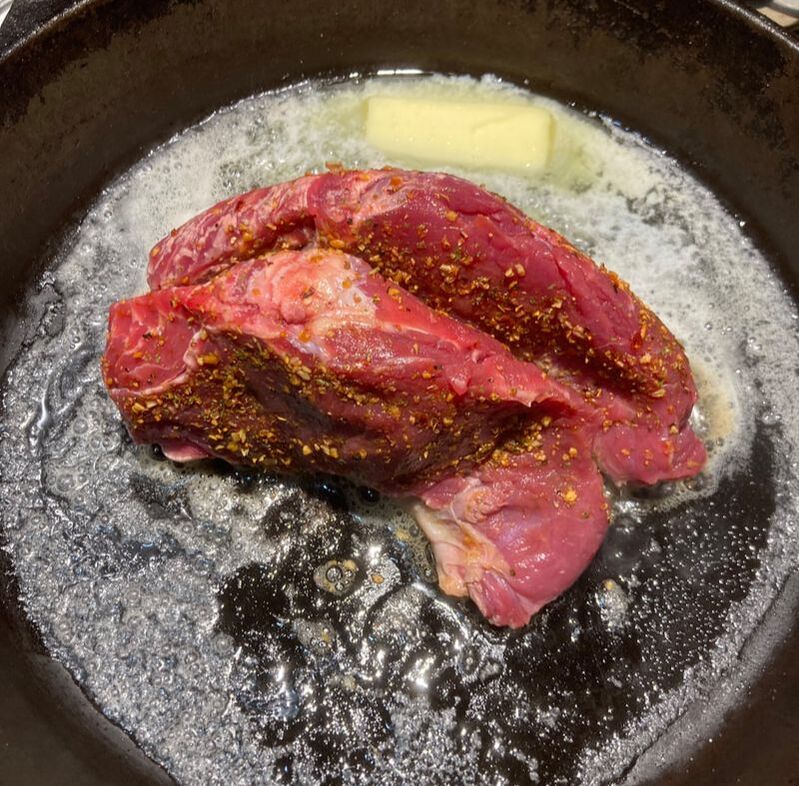
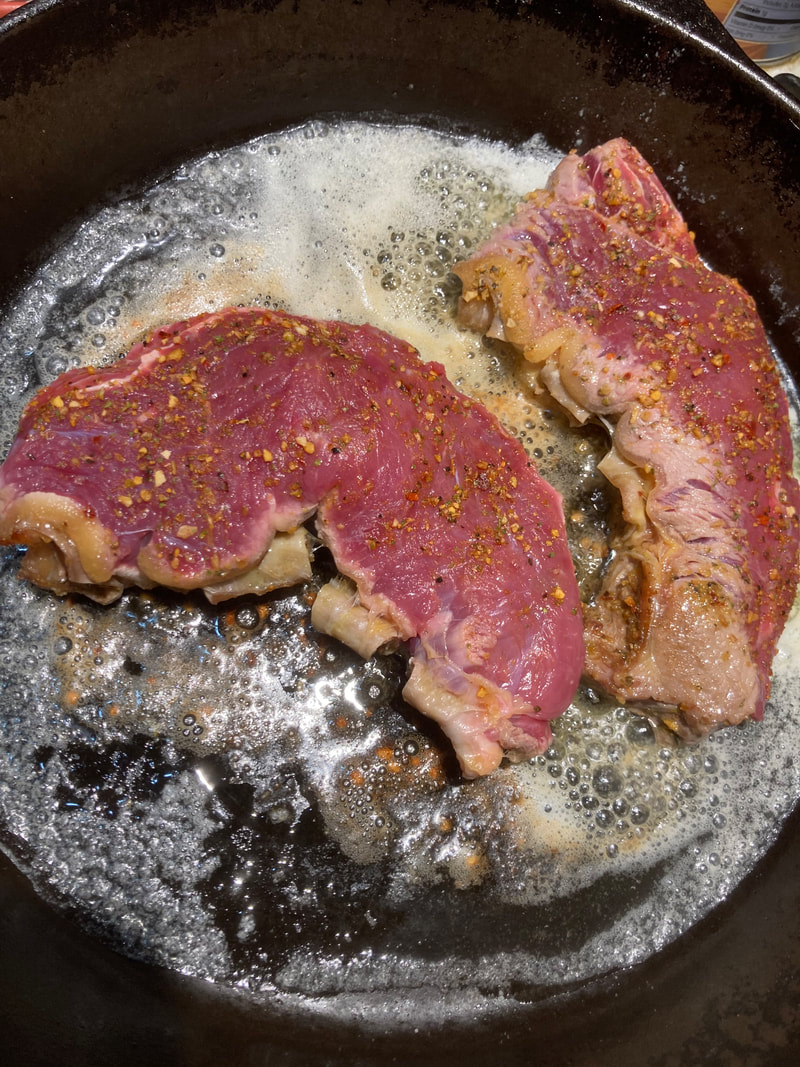
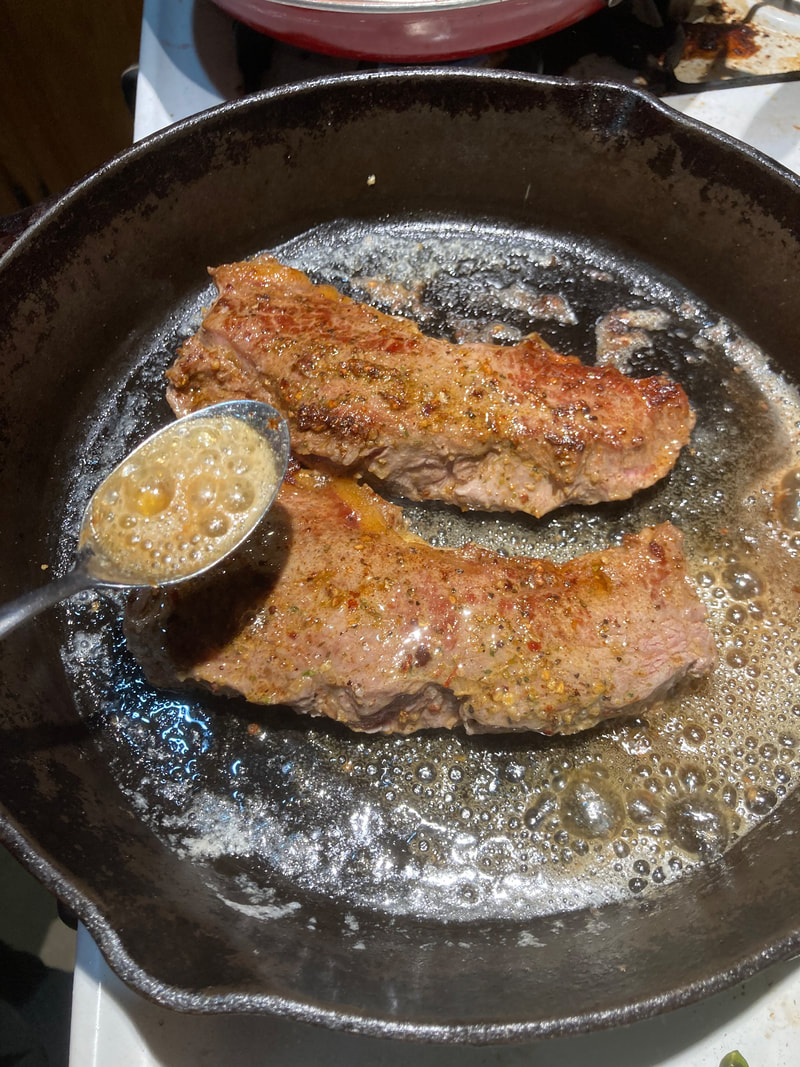
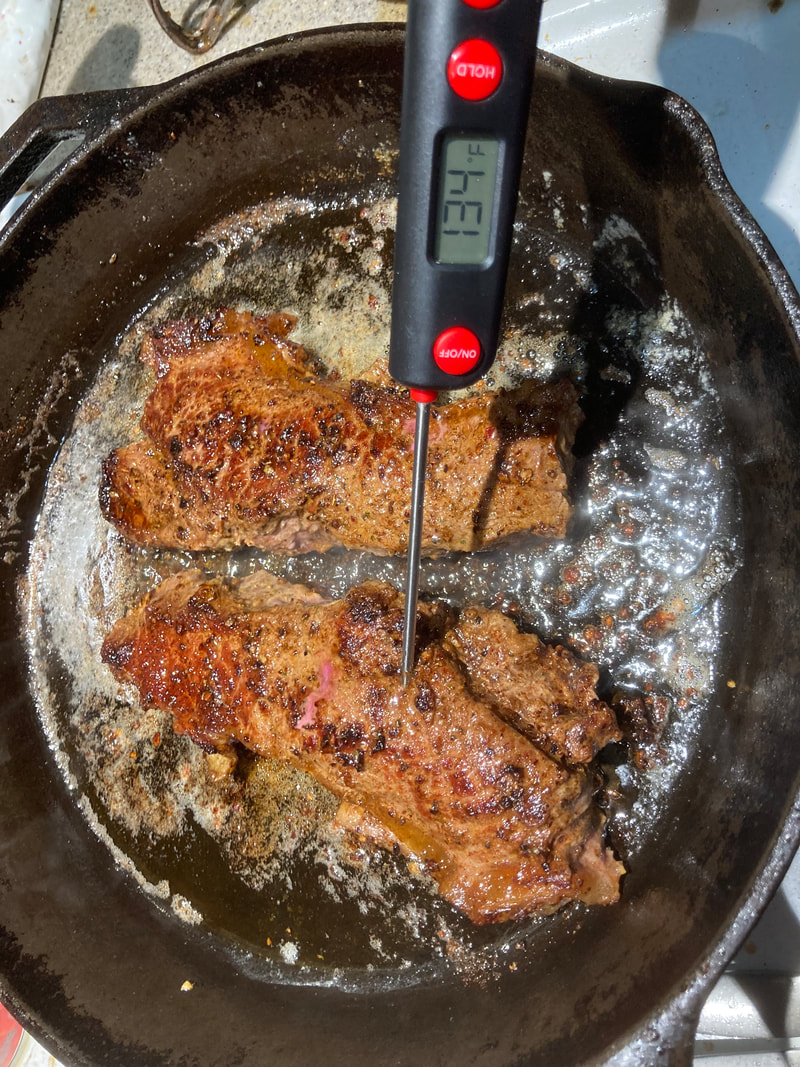
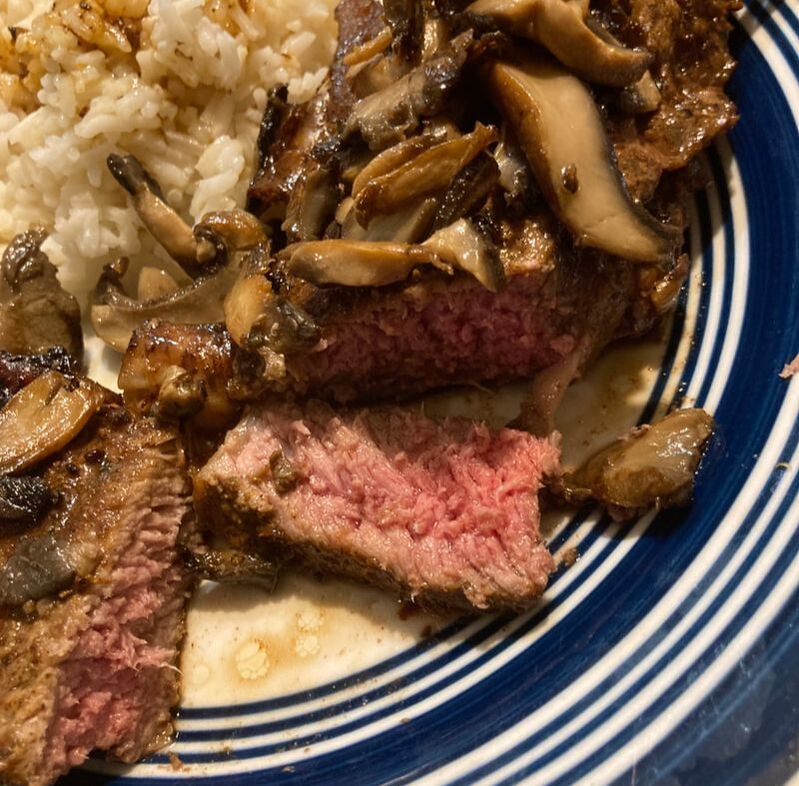
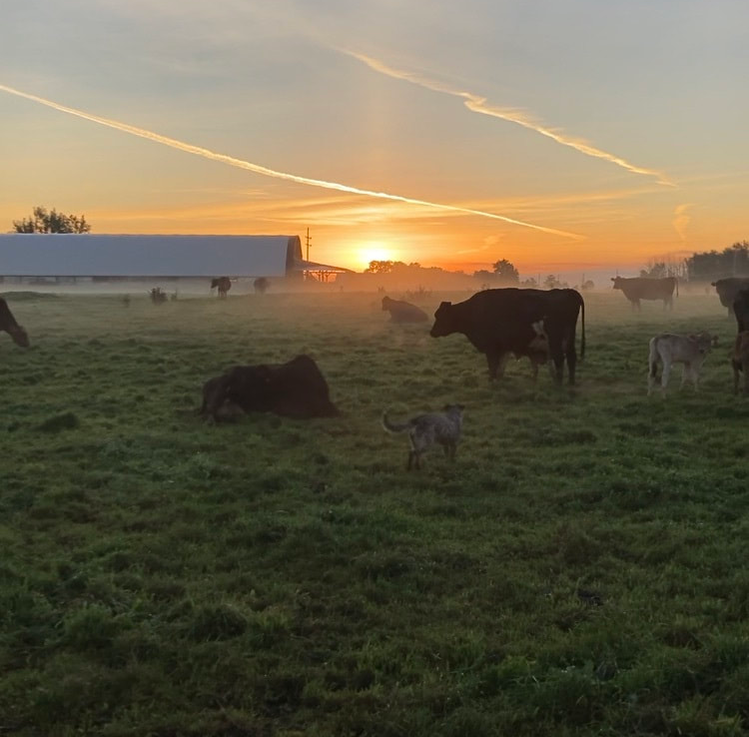
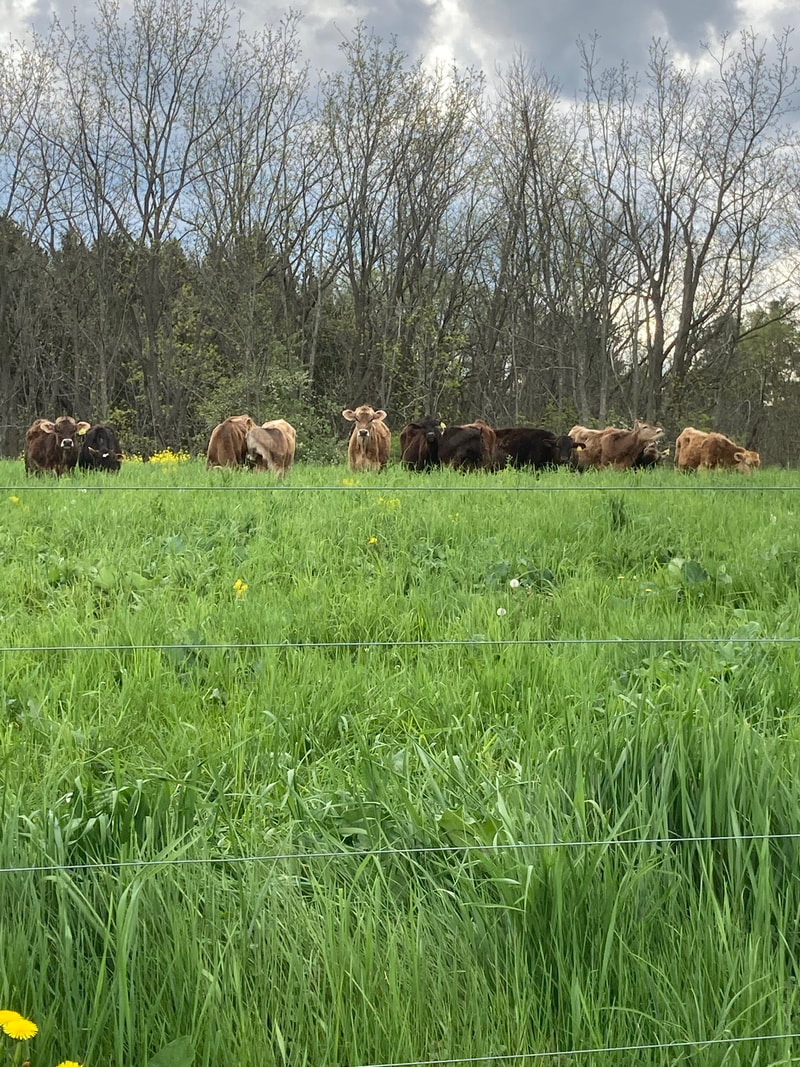
 RSS Feed
RSS Feed